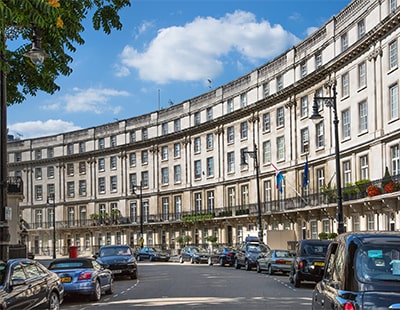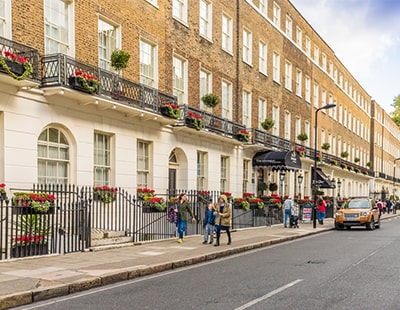Just last week, Savills published their World Cities Prime Residential Index, which highlights that despite economic and political gloom, the prime residential property markets in the world’s super-cities continue to grow, showing average capital value growth of 2.4% over 30 cities in the first six months of 2022.
Vic Chhabria, managing director of the London Real Estate Office, here talks to us about the resilience of Prime Central London’s (PCL) property market, and how London as one of the world’s top-tier cities continues to be a safe haven for investment amongst both domestic and international audiences.
He also explores the change, driven partly by the pandemic, in buyers' demands and what can be expected for the future of PCL.
Prices
"During the pandemic, despite the closure of the market entirely, Prime Central London property prices continued to rise. Once reopened, sales volumes in PCL were down, which reflected the international travel restrictions and ‘flight to the country’ trend. However, between £5 million and £10 million, the market was performing strongly, with sales volumes rising and prices began rising, pushed mainly by domestic buyers as people dashed for space and quality of life," he said.
"Beyond this, in 2021 we at London Real Estate Office saw significant increases in activity though the months of April and May ahead of the £15,000 stamp duty saving ending in June. The fact this had such a marked impact on the number of June exchanges in prime London markets, where the saving represents a proportionately lower percentage of the sale price, highlighted the extent to which UHNW buyers are affected by tax breaks."
He added: "In the second half of 2021, London’s prime property prices continued to grow and we saw the return of professionals, students and jet-setters to the capital and pent-up demand was released.
"This year, the Prime Central London market has continued to attract the global elite this summer, as it has done – steadily - for decades, despite the many economic and cultural bumps. The Times reported the sale of £20 million five-bedroom mansion close to Harrods this June to a Lebanese buyer. There has been a flurry of sales of properties over the £10 million mark, proof that release of pent-up demand caused by the pandemic travel ban, continues to be a driver."
What do buyers want?
The pandemic has changed how property is perceived both as an investment and how we live, Chhabria argues. Having spent more times in our homes than ever before, the UHNWI are looking for properties that are able to flex and adapt to their changing requirements.
"Across both the domestic and international buyer cohorts, we’ve seen that they’re becoming less postcode-led and more focused on the product itself. It is well known fact that across prime London over the pandemic, traditionally popular areas such as Mayfair and Knightsbridge and saw less uptake than London’s leafy suburbs with a higher supply of larger homes and green space, such as; St John’s Wood, Richmond, Notting Hill and Bayswater," he explained.
"Furthermore, due to the rising supply of super-prime new build properties coming to the market across London, of which are offering increasingly impressive levels of amenities and services, this is pushing many international buyers to look for a curated lifestyle from their homes (and the concierge that comes with it) over the importance of ‘live in style’."
What’s to come?
In terms of buyers’ desires and where popularity lies, the trend already in motion will continue, Chhabria says.
"Location, though still important, won’t be the deciding factor for buyers. Both international and domestic buyers will become more flexible, exploring a wider range of locations as product continues to diversify and improve across London and decisions will fall on space, outdoor space, amenities and in some case even servicing."
He concluded: "In terms of pricing, the Prime Central London market continues to rise, but steadily, reaching in May this year 2.4%, the highest annual growth since April 2015, but still well below its August 2015 peak by 15.3%. The number of annual sales of properties valued over £10 million reached 155 in April, the most since the year to April 2016, according to Knight Frank. Partly driving this sustained interest is a weak pound relative to the US dollar and petrodollar-based Middle Eastern currencies, making London’s prime properties the best value in recent years."
"And it it’s not just international buyers. With London’s superb, top-class cultural and social life resuming and offices opening strong domestic demand for luxury homes and pied-a-terre properties has been resurrected."
"In short, the combination of London’s global city status, low value of the pound, stability compared to bubbly competitors and restricted supply of top end properties means the Prime Central London market will remain a highly desirable location for high-net-worth property buyers."










.png)









Join the conversation
Be the first to comment (please use the comment box below)
Please login to comment